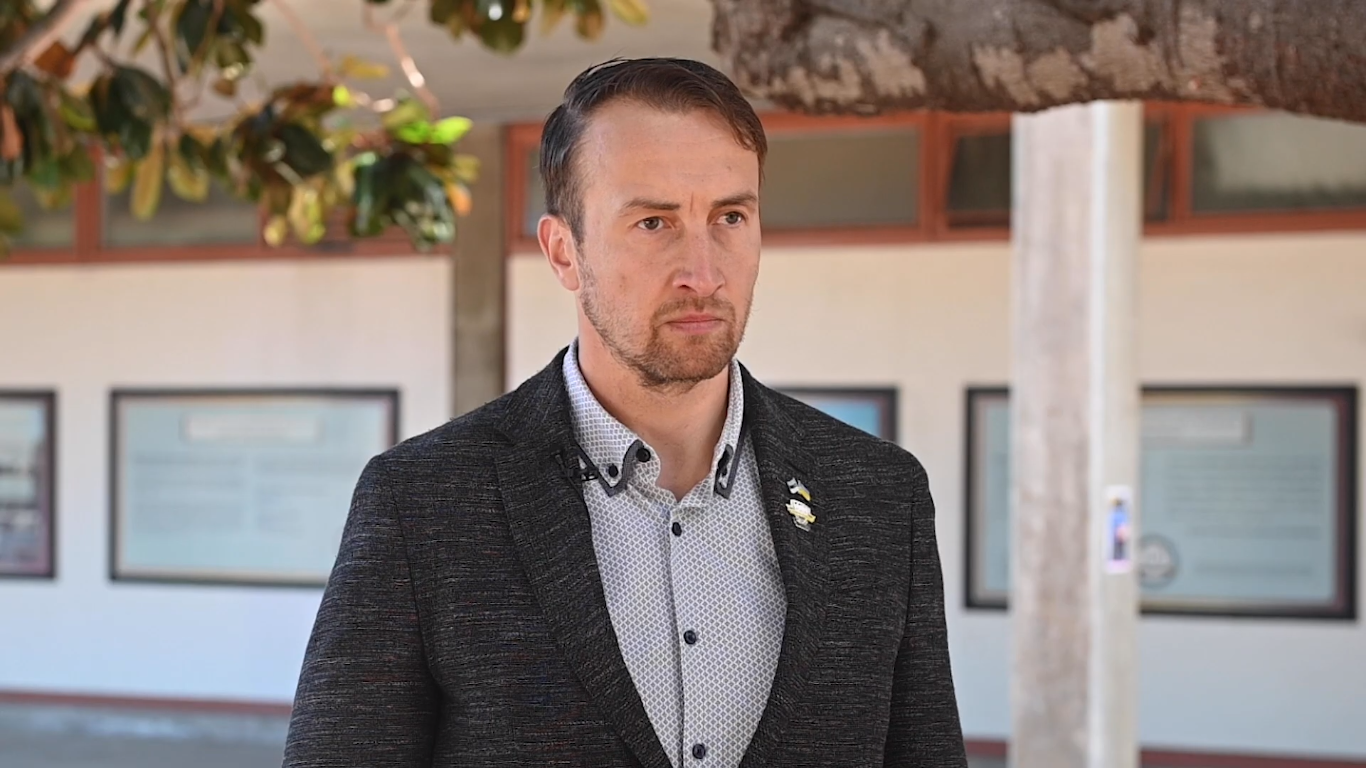BAKU, Azerbaijan, October 17. Estonia has established the Force Transformation Command (FTC) to accelerate the development of its national defense capabilities through innovation, sustainability, and closer cooperation between the military, academia, and industry, Commander of the Force Transformation Command of Estonia Major Ivo Peets told Trend.
According to the ministry, the new command’s primary mission is to ensure that Estonia’s significant investments in defense translate into lasting and systemic improvements to its combat readiness. The FTC’s work will focus on three core priorities: strengthening the defense ecosystem, ensuring sustainability, and driving innovation across all branches of the Estonian Defence Forces.
“The goal is to make the entire system more agile, better connected, and open to contributions from all relevant actors, within Estonia and among our international partners. Every available resource and idea must contribute to strengthening national defense,” the ministry stated.
One of the FTC’s key tasks will be to build stronger links between the defense industry, academic institutions, the private sector, and allied partners. This integrated approach aims to ensure that new technologies and capabilities are developed and deployed according to operational needs.
In its initial phase, the FTC will focus on two flagship programs: the Unmanned Systems and Counter-Systems Program and the Baltic Defence Belt Enhancement Program.
The first program will explore the use of autonomous and unmanned technologies across air, land, and maritime domains, while also developing countermeasures against similar systems. The second aims to strengthen Estonia’s overall defensive posture by improving border security, infrastructure, and readiness across land, sea, air, space, and cyber domains.
“These initiatives will make Estonia’s defensive systems more integrated, resilient, and increasingly automated, reflecting our commitment to future-ready defense capabilities,” the Ministry noted.
Alongside these strategic programs, the FTC will address immediate operational gaps and establish a coherent innovation management system that links technological development with doctrine, training, and logistics.
The FTC will implement a new “from problem to integration” model to involve defense companies earlier in the capability development process. Through a “one-door policy,” industry partners will have a single point of contact for proposals and cooperation opportunities, ensuring faster communication and more coordinated results.
“Industry will be brought much closer to the real problems we are trying to solve. This means early engagement, faster feedback, and better alignment between military needs and industrial capabilities,” the ministry explained.
The establishment of Chief Technology Officers (CTOs) within service branches will further enhance this cooperation. CTOs will serve as technical liaisons between operational units and private sector partners, enabling a continuous flow of practical solutions from concept to field deployment.
A major focus of the FTC is the efficient use of existing national resources and expertise. Estonia plans to involve reservists not only as operational reinforcements but also as active contributors to force design and development.
“Within our reserve, we have engineers, software developers, and system architects whose skills are essential to future capability development. By integrating their civilian expertise, we can improve planning precision and innovation quality without starting from scratch,” the ministry said.
New integration teams—partly composed of reservists—will help test and adopt emerging technologies across existing structures, ensuring rapid adaptation and implementation.
This approach, the ministry emphasized, reflects Estonia’s broader strategy: mobilizing the nation’s highly skilled workforce, innovative private sector, and flexible reserve system to build modern, sustainable military capabilities.
The Force Transformation Command has already begun its work, with full operational capacity targeted for January 2026. By mid-2026, the Command aims to have its complete organizational structure and processes in place, enabling it to perform all core functions independently.
“Our success will be measured not only by new technologies or systems introduced but by how effectively we can sustain and evolve our defense capabilities over time,” the ministry concluded.
Stay up-to-date with more news on Trend News Agency's WhatsApp channel







